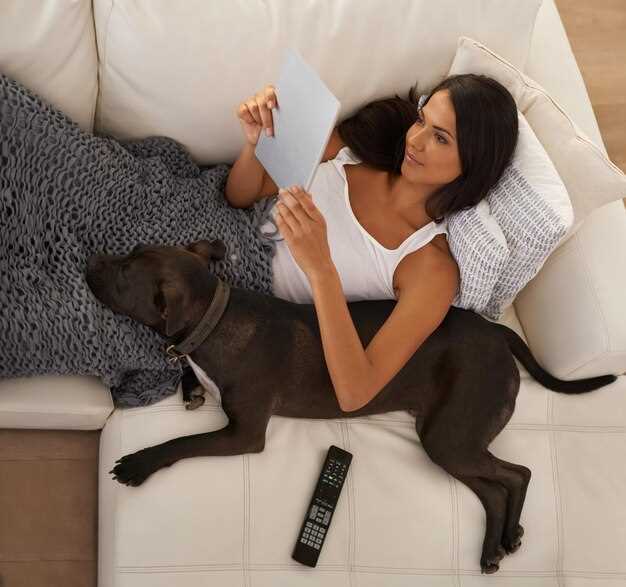Ensure your puppy feels secure by setting up a comfortable and quiet area they can call their own. This designated space should include a cozy bed, water bowl, and a few safe toys. Allow your puppy to explore this area freely, helping them feel more at ease in their new environment.
Introduce your puppy gradually to family members, guiding everyone to remain calm and gentle during these initial interactions. Encourage soft voices and slow movements, as this helps reduce anxiety and builds trust between the puppy and its new human friends.
Begin gentle exposure to household sounds from day one. Consider common noises such as dishwashers or vacuum cleaners. Play these sounds at a low volume to familiarize your puppy gradually, making sure each experience is positive and stress-free.
Create a schedule for short yet frequent exploration sessions in different rooms and safe outdoor spaces. Let your puppy sniff and investigate at their own pace, giving them the opportunity to build confidence in varied settings. Reward exploration with small treats and words of encouragement.
Introduce basic training and commands immediately, focusing on simple cues like “sit” and “stay”. Use positive reinforcement to encourage obedience and patience. Training in short bursts helps retain the puppy’s attention and prevents overstimulation.
Meet other pets correctly by allowing them to sniff each other’s scents first. Supervise these introductions closely to ensure that interactions remain friendly and controlled. Gradually increase the time they spend together as they become more comfortable.
Spend purposeful time with your puppy, touching their paws, ears, and mouth to get them accustomed to human handling. This is instrumental in making future grooming and vet visits smoother and less stressful.
Preparing Your Home for the New Puppy
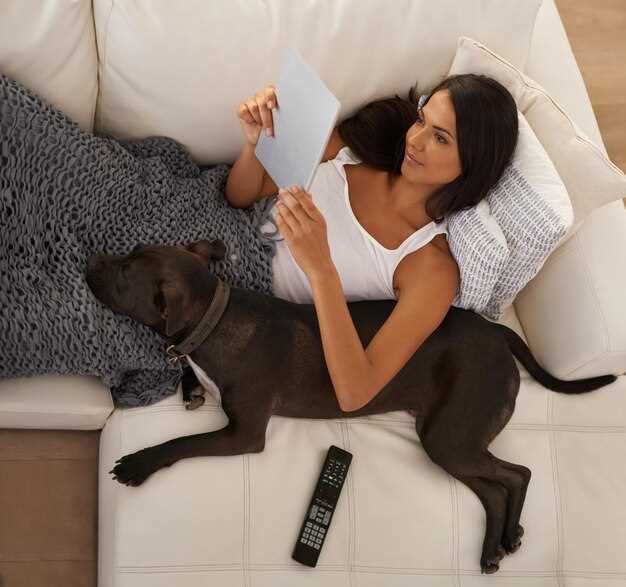
Secure electrical cords by taping them down or tucking them safely away to prevent your puppy from chewing on them. Keep small items, like paper clips or rubber bands, out of reach to avoid accidental ingestion. Install baby gates to limit access to areas that might be dangerous or have valuable items within reach. Make sure cleaning supplies are stored in locked cabinets or placed on high shelves. Puppy-proof houseplants by identifying which are toxic and relocating them to inaccessible spots.
Create a comfortable sleeping area with a puppy-sized bed placed in a quiet, draft-free corner of your home. Designate an eating space with food and water bowls positioned on easy-to-clean surfaces. Purchase plenty of appropriate chew toys to redirect your pup’s instinct to chew away from furniture and shoes. Double-check backyard fences for any gaps where your puppy might escape and ensure gates are securely latched.
Bring your family into the preparation process by assigning tasks. Decide who will be responsible for feeding, walking, and playing with the puppy, ensuring everyone is on the same page about training techniques. Stock up on puppy essentials like age-appropriate food, a collar with an ID tag, and grooming supplies. Arrange for vet care by finding a local veterinarian and scheduling an initial health check-up for your new furry friend.
Creating a Safe Space for Acclimatization
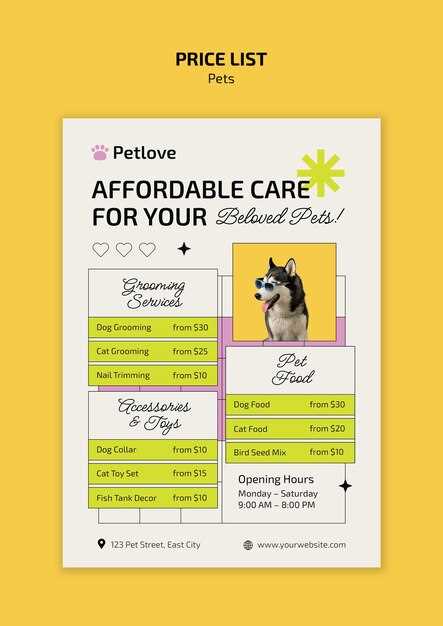
Designate a quiet corner in your home where your puppy can feel secure. Include a cozy bed and some of their favorite toys. Ensure this area is free from loud noises and high traffic to help them relax. It should be easily accessible to allow the puppy to come and go at their leisure, fostering a sense of independence.
Introduce your puppy gradually to different parts of the house. Allow them to explore under your watchful eye, ensuring any hazardous items are out of reach. Use baby gates if necessary to restrict access to rooms that may pose a risk, like kitchens or workshops. Positive reinforcement goes a long way in making your puppy feel comfortable; praise them and offer treats when they exhibit positive behavior in their new environment.
Temperature control matters significantly. Puppies are sensitive to extreme temperatures, so keep their space at a comfortable level. If it’s too cold, provide a blanket; if too warm, ensure there’s proper ventilation. Maintain a regular feeding schedule aligned with their accustomed routine to instill normalcy amid change.
Consider using some calming aids like soft music or pheromone diffusers to ease anxiety. These tools can create an ambient environment conducive to relaxation. Observing your puppy’s body language helps in adjusting the environment based on their comfort levels. Remember, patience and consistency are key in helping your puppy feel at home quickly and smoothly.
Introducing Household Sounds and Sights
Expose your puppy to common household sounds gradually, ensuring the volume is low to reduce stress. This includes sounds like the vacuum cleaner, doorbell, television, or washing machine. Gradually increase the duration and volume over time, rewarding calm behavior with treats.
Allow your puppy to observe household activities from a safe distance. Introduce them to various sights such as people moving around, cooking, and using appliances, ensuring they stay relaxed. Encourage curiosity by rewarding any calm investigation of these sights with praise and treats.
Organize short sessions during different times of the day, helping your puppy adjust to the shifts in light and activity within the home. This mimics real-life conditions and aids in adapting to daily routines.
Introduce your puppy to the sounds of nature by opening a window or stepping outside with them on a leash. Softly spoken words of encouragement and treats will reinforce this positive experience.
Setting Up a Routine for Comfort and Security
Create a feeding schedule that aligns with your puppy’s age and breed requirements. Offering meals at the same times each day helps establish predictability, reducing anxiety.
Introduce consistent bathroom breaks to prevent accidents. Take your puppy outside immediately upon waking, after meals, and before bedtime. Observe signs of needing to go, and reward immediately after successful attempts.
Incorporate nap times to ensure your puppy gets enough rest. Puppies need plenty of sleep, approximately 18-20 hours a day, to support growth and development. Designate a quiet area where they can rest undisturbed.
Involve your puppy in short play sessions throughout the day to expend energy and encourage bonding. Adjust the intensity and duration based on your puppy’s breed and age. Teach simple commands like “sit” or “stay” using positive reinforcement.
Utilize a consistent bedtime routine to signal winding down. This can include a short walk, followed by a quiet activity or gentle petting. Ensure their sleeping area is comfortable and free from disturbances.
| Activity | Time |
|---|---|
| Feeding | 7 AM, 12 PM, 6 PM |
| Bathroom Breaks | 30 minutes after each meal, just before bed |
| Nap Times | Mid-morning and mid-afternoon |
| Play Sessions | 10 AM, 3 PM, 7 PM |
| Bedtime Routine | 9 PM |
Observe and tweak your schedule based on your puppy’s responses. Consistency and patience help create a sense of security, allowing your puppy to adapt to their new environment smoothly and confidently.
Guided Socialization Activities
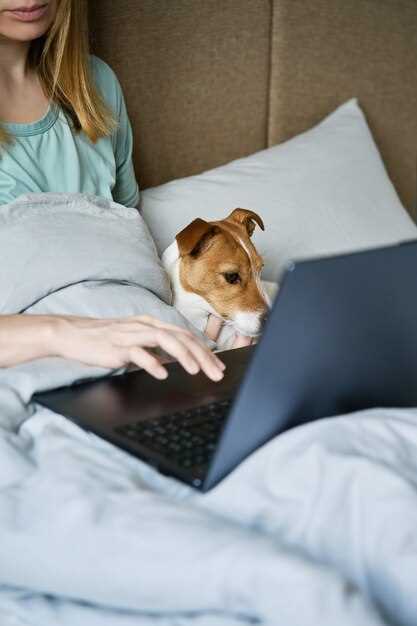
Introduce your puppy to unfamiliar sounds by gently playing recordings of thunder, fireworks, or other noises while engaging them in a fun activity. Ensure the volume is low, gradually increasing it as your puppy becomes comfortable.
Organize short playdates with vaccinated puppies or calm older dogs to help your puppy learn proper play behavior. Monitor interactions closely to avoid any rough play or overwhelming situations.
Acclimate your puppy to various environments by taking them for short, reassuring trips in the car. Visit a park, pet-friendly store, or a friend’s garden, providing treats and praise to create positive associations.
Introduce new people of different ages, genders, and appearances to help your puppy build confidence around strangers. Encourage each individual to offer a treat or play a simple game like fetch.
Teach your puppy to feel comfortable with handling by gently touching their paws, ears, and tails while offering treats. This prepares them for future grooming and veterinary visits.
Expose your puppy to different textures underfoot by walking them across surfaces such as grass, sand, or tiles. This helps reduce fears and boost adaptability in varied environments.
Gradually introduce your puppy to various objects like umbrellas, bicycles, or vacuum cleaners, allowing them to sniff and investigate at their own pace, paired with positive reinforcement.
Meeting Family Members and Close Friends
Prepare a quiet space where your puppy can meet family members and close friends one at a time. Encourage visitors to sit on the floor and offer a treat or toy, allowing the puppy to approach at their own pace. Limit each session to 10–15 minutes to prevent the puppy from feeling overwhelmed.
Ask everyone to maintain a calm demeanor while speaking softly, so the puppy feels safe and relaxed. Introduce different family members across multiple sessions to allow the puppy to gradually adjust to the various scents and personalities.
Create a checklist to track interactions:
| Family/Friend Name | Date of Meeting | Duration | Notes |
|---|---|---|---|
| Alice | 10/02/2023 | 10 minutes | Puppy was curious and wagged tail |
| Bob | 10/03/2023 | 12 minutes | Puppy was timid initially, but warmed up quickly |
Ensure all interactions are positive by directing focus on rewarding calm and gentle behavior. Have a variety of toys and treats handy to facilitate a pleasant experience, reinforcing positive associations with meeting new people.
Exposure to Different Textures and Surfaces
Introduce your puppy to a range of textures by encouraging exploration in safe environments. Walk on grass, asphalt, and concrete to acquaint them with various surfaces. Indoors, spread out a few rugs or mats with distinct textures such as cotton, wool, or pleather. Allow sniffing and walking over them to enhance their sensory experience.
When exploring, avoid surfaces that might be too hot or too sharp. Always keep an eye out for reactions to ensure safe interactions. If your puppy seems hesitant, encourage gently and use treats to create positive associations. Consistent exposure to diverse surfaces early on will help them build confidence and adaptability in different settings.
Introducing Basic Handling Skills
Expose your puppy to gentle handling daily to foster comfort and trust. Begin with these activities:
- Gently Petting: Sit with your puppy and softly stroke their back, ears, and belly. This encourages relaxation and bonding.
- Touch Their Paws: Hold and gently massage each paw to acclimate them to foot handling, a crucial step for comfortable nail trimming in the future.
- Check Their Mouth: Carefully lift their lips and inspect their teeth and gums. Offer a treat after each little examination to create a positive association.
- Ear Inspection: Gently lift and look into your puppy’s ears, being careful not to startle them. Use praise or a treat to reinforce calm behavior.
- Approach from Different Angles: Sometimes approach your puppy from different sides to get them accustomed to varied interactions.
Consistency is key when introducing these skills. Allocate a few minutes each day, gradually increasing the duration as your puppy becomes more comfortable. Remember, patience and gentle reinforcement build a foundation for a well-adjusted and trusting puppy.
Toy Exploration and Interactive Play
Begin by introducing your puppy to a variety of safe toys with different textures, shapes, and sounds. This stimulates their senses and helps them discover preferences.
- Soft Plush Toys: These comfort your puppy, especially during rest times or when snuggling. Ensure they are durable enough to withstand chewing.
- Chew Toys: Rubber and plastic options are ideal for teething. Choose appropriately sized toys to prevent choking, and look for ones that promote dental health.
- Interactive Puzzles: Introduce toys that challenge your puppy’s mind, such as treat-dispensing puzzles. These can keep them occupied and mentally stimulated for extended periods.
- Squeaky Toys: These attract attention and can be more engaging for your puppy during playtime. Monitor use to avoid pieces being chewed off and swallowed.
Focus on interactive play with your puppy to create strong bonds and establish trust. Rotate toys regularly to maintain interest and prevent boredom.
- Fetch and Retrieve: Choose a soft ball or toy and gently encourage your puppy to bring it back. Use simple commands like “fetch” and offer treats as rewards.
- Tug-of-War: Ensure your puppy understands the boundaries of safe play. Use a sturdy rope toy and allow them to pull without excessive force, guiding the game to prevent aggression.
- Chase and Follow: Engage your puppy by running short distances with a toy in hand, encouraging them to follow. This reinforces their natural instinct to chase and helps with exercise.
After playtime, store toys in a designated area to signal the end of the session and maintain your home’s tidiness. Consistent interactive play encourages physical and mental development, ensuring a happy, well-adjusted puppy.
Familiarization with Household Objects and Appliances
Introduce your puppy to household objects and appliances at their pace to ensure a smooth adjustment. Begin by allowing them to explore rooms with common furniture, such as sofas, tables, and chairs. Let them sniff and investigate under supervision.
- Vacuum Cleaners: Turn on the vacuum at a distance, allowing your puppy to observe its noise and movement without feeling threatened. Gradually decrease the distance over a few days.
- Kitchen Appliances: Familiarize your puppy with the sounds of commonly used appliances like the dishwasher and microwave. Keep treats handy to reward calm behavior when appliances are active.
- Television and Music: Let your puppy hear the TV and radio at a low volume initially. Over time, gradually increase the volume to typical levels, reinforcing positive reactions with rewards.
- Clocks and Bells: Expose your puppy to the sound of clocks and doorbells. Simulate these sounds using recordings if needed, and reward your pet for not expressing anxiety.
Regularly expose your puppy to these sounds but always make sure that the experience remains positive. Offering treats and using a soothing voice can help lower any anxieties and increase their comfort with these household elements.
Q&A:
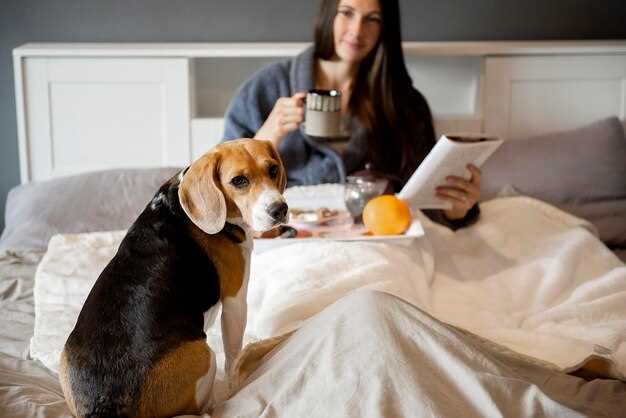
What are the most important things to focus on during the first 48 hours of a puppy’s arrival home?
During the first 48 hours at home, concentrate on helping your puppy become accustomed to their new environment. Begin by allowing them to explore their new space safely, introduce them to family members without overwhelming them, and establish a basic routine for feeding and bathroom breaks. It’s also helpful to start positive interactions with gentle petting and soft encouragement.
How can I ensure my puppy’s safety while also allowing them freedom to explore?
Puppy-proof your home by removing or securing any hazardous objects they could chew or swallow, such as electrical cords, small items, and certain plants. Supervise your puppy closely and use a playpen or baby gates to limit their access to certain areas. This balance allows them to explore while keeping them out of harm’s way.
What should I do about introducing my puppy to other pets in the home during these first days?
Introduce your puppy to other pets gradually and under control. Allow the resident pet to sniff the newcomer from a safe distance and monitor their reactions. Initially, keep interactions brief and positive, rewarding both animals with treats and praise. This helps create a positive association and reduces the likelihood of stress or conflict.
Can I begin basic training within the first 48 hours, or should I wait?
You can start basic training right away through simple commands like “sit,” “stay,” and teaching your puppy their name. Keep training sessions short and fun to maintain their attention. Use positive reinforcement such as treats and praise to encourage desired behaviors, laying a solid foundation for further training.
How can I help my puppy adjust to sleeping in a new environment?
To help your puppy adjust to their sleeping area, provide a cozy bed in a quiet, familiar spot within the house. You might include a blanket or toy with the scent of their litter to provide comfort. Gently guide your puppy to their bed at nap times, and reassure them when they are settling in for sleep, helping them feel secure in their new home.
How can I effectively introduce my new puppy to household noises?
Introducing your puppy to household noises can be an important part of their early socialization. Begin by exposing them to common sounds such as the vacuum cleaner, television, or doorbell in a controlled manner. Start with the noise at a low volume or distance and gradually increase the volume or proximity as your puppy becomes more comfortable. Offer treats and positive reinforcement when they remain calm. This helps them associate the noise with positive experiences. Consistency and patience are key. If your puppy appears scared, take a step back and reduce the intensity of the noise, ensuring they are at ease before trying again.
